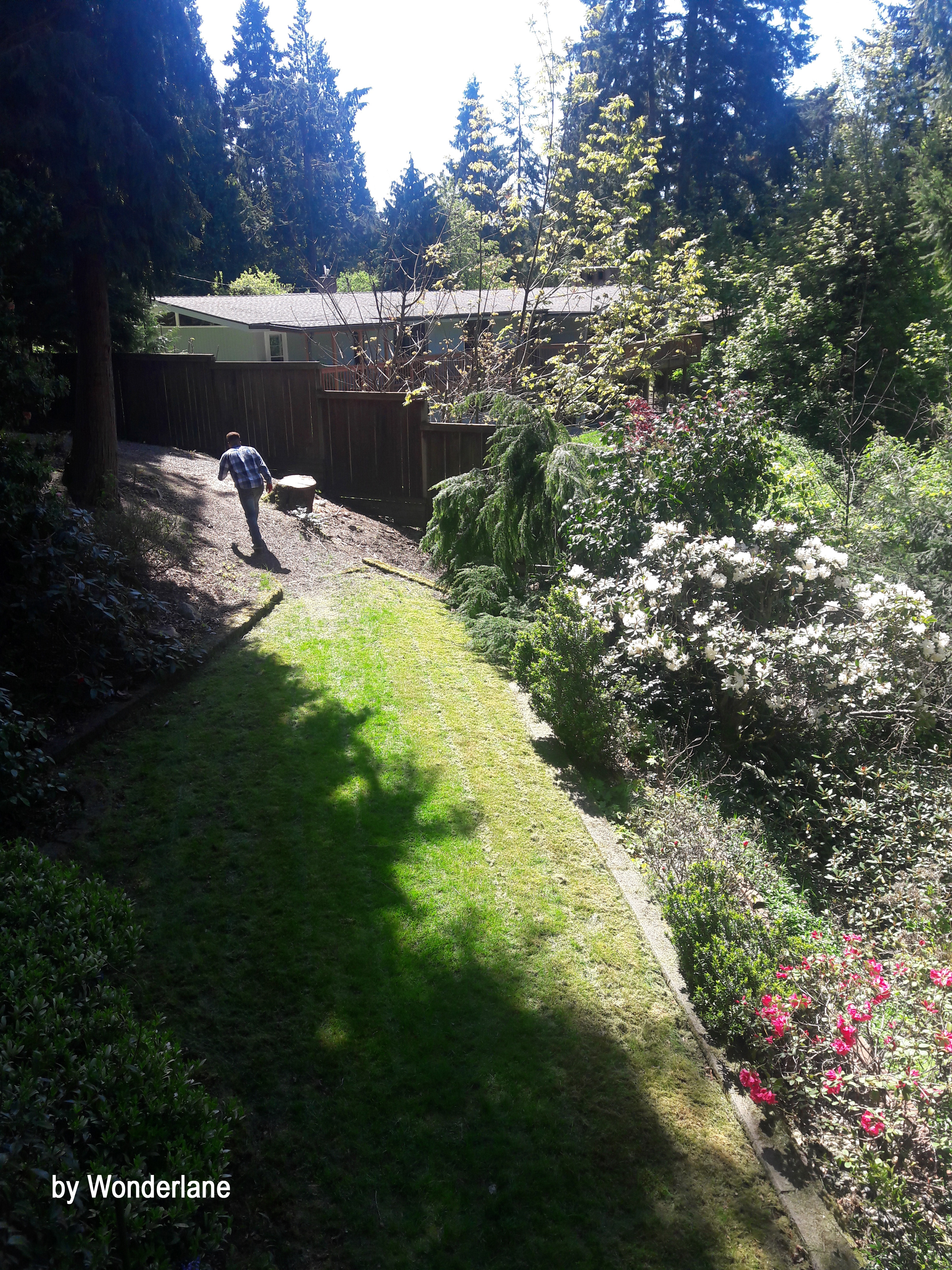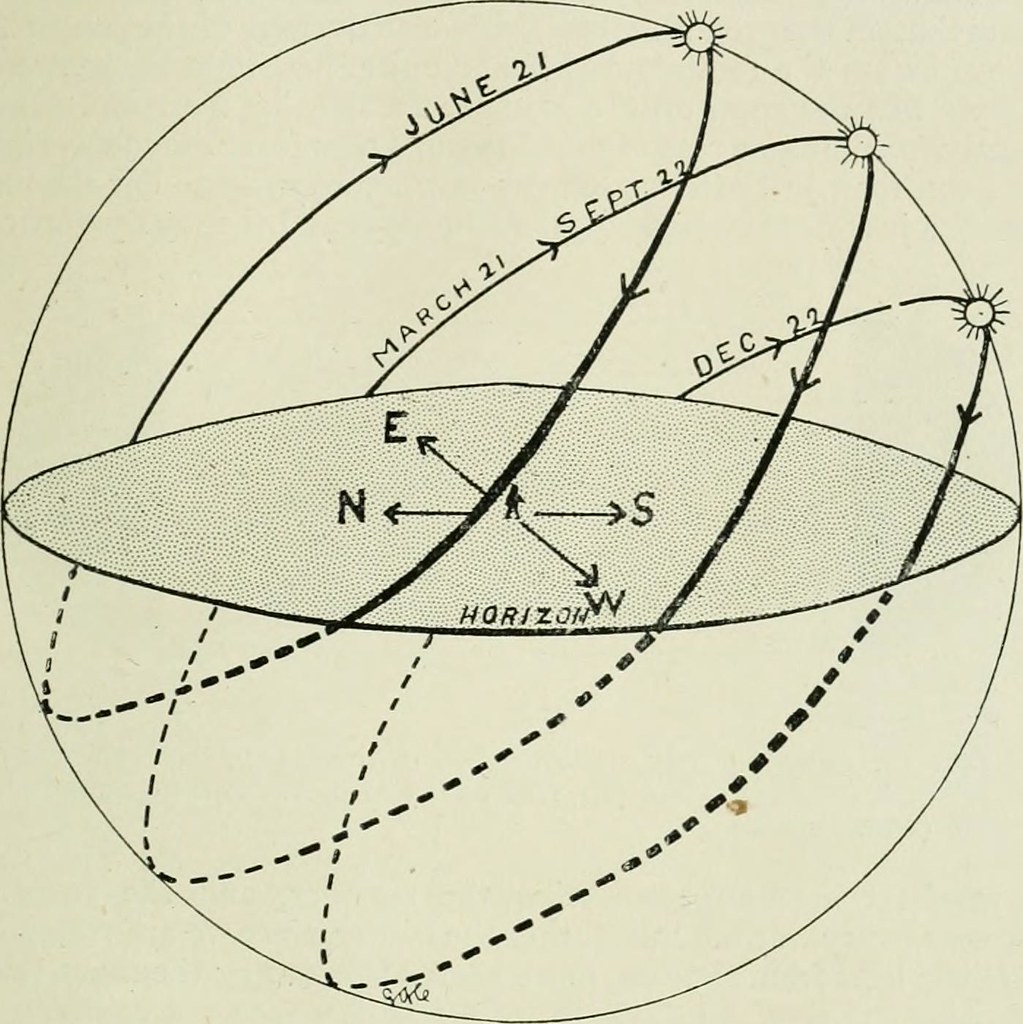For years, I viewed shade as an entirely black and white issue — you either had shade or you didn’t. Unfortunately, my attempts at shade gardening reflected my ignorance about the topic. My uninspiring gardens were either scraggly and half dead or were simply long, boring vistas of commonplace hostas.
Only in the last few years have I begun to appreciate the fact that shade is not a one-size fits all situation. It is variable and it is transient. There are multiple degrees and types of shade and each nurtures its own, wonderful plant palette.
Before you can begin to create your shade sanctuary however, you need to spend time observing, analyzing and identifying your shade. The more you understand about the subtleties of the shade in your garden over time, the better your plant selections will become. Your garden will finally be the inviting retreat you envision.
Shade is usually described by the intensity of light, the time of day and the number of hours it occurs. While there are light meters that can be used to precisely measure sunlight exposure, they cannot track changes in light intensity and positioning throughout the day. Most gardeners therefore, rely on observation to determine what type, or more likely types of shade they have.
Following is a breakdown of the most common types of shade gardeners encounter.
TYPES OF SHADE
FULL SHADE
An area in full shade receives fewer than two hours of sunlight throughout the day, but does receive some natural ambient light bouncing off of nearby surfaces. Beds on the sides of buildings, walls, hedges and under dense, coniferous trees are often full shade locations. Plants will grow in full shade locations, but they do tend to grow quite slowly. Flowering is a bit sparse when compared to full and part sun gardens, but due to temperature moderation, blooms can be beautiful and long-lasting.
DEEP SHADE
Within areas of full shade, there are frequently pockets of deep shade. Deep shade areas receive almost no direct sunlight and often have dry to extremely dry soil. Although especially careful research is needed for this environment, there are several varieties of plants that will help brighten the space. (The Lady Bird Johnson database is particularly helpful for these conditions.https://www.wildflower.org/plants/)
PARTIAL SHADE
Gardens in partial shade receive between two and six hours of sunlight throughout the day. Like full shade, partial shade can be found next to structures, walls, fences and hedges as well as under trees and shrubs. Because the characteristics of partial shade depend on the direction of the sunlight, the time of day, the position and shape of the shade producing object, there are various categories of partial shade.
EDGE SHADE
Typical of the soft aura of the perimeter of a deciduous woodland, edge shade provides almost ideal growing conditions. Plants receive just enough direct sunlight to stimulate growth and promote flowering, while the accompanying shade prevents the plants from scorching during the intense heat of summer afternoons.
DAPPLED SHADE
Imagine standing in a grove of tall sycamore trees, watching the shadows made by the leaves and branches on the ground below. As the breeze blows and the sun crosses the sky, pools of bright light continually shift and sway, brighten and darken, producing dappled shade. Although dappled shade can create excellent growing conditions for woodland plants, it does vary by the time of day and the seasons.
BRIGHT SHADE
Light bounces off of reflective surfaces back into shaded areas, creating patches of what is called bright shade. Bright shade is often located by ponds and water features, windows, light-colored walls and garden structures. Depending on the time of day and the season of the year, the amount and intensity of light in bright shade will vary.
MORNING SHADE
Gardens situated to the west of a shade producing object lie in morning shade. Temperatures are cooler in the morning, but warmer (sometimes brutal) in the afternoon.
AFTERNOON SHADE
Beds on the eastern sides of shade producing objects receive morning sun and afternoon shade. Afternoon shade, especially in warmer climates, can be beneficial for many plants.
SEASONAL SHADE CHANGES
Shade patterns change according to the seasons and in relation to where you are located on the globe. Those nearer the poles will experience a bigger difference in shade patterns over the course of a year. Winter months have more shade since the days are shorter and the sun’s path across the sky is lower. (Remember elementary school science classes?)
During the spring and early summer months, the sun’s path rises which means that the days are longer resulting in fewer ‘t hours of shade. At the summer equinox, the length of the day is at its longest point and the sun is at its highest point. Light streams into usually hidden nooks and crannies of the shaded garden, giving plants the added boost they need during their growth season.
Fall begins another cycle of shorter days which means less sunlight, but surprisingly, also means less shade as deciduous trees drop their leaves and open pathways to the sun. Since this is the time that plants begin to go dormant, the change in light levels doesn’t seem to impact them. In fact, many use the light in fall to store energy for spring regrowth.
Once you have identified your shade areas, analyzed your site’s soils and moisture level and determined your ecoregion, then the quest for the perfect communities of plants can begin. Let’s start that adventure next week! See you then.














